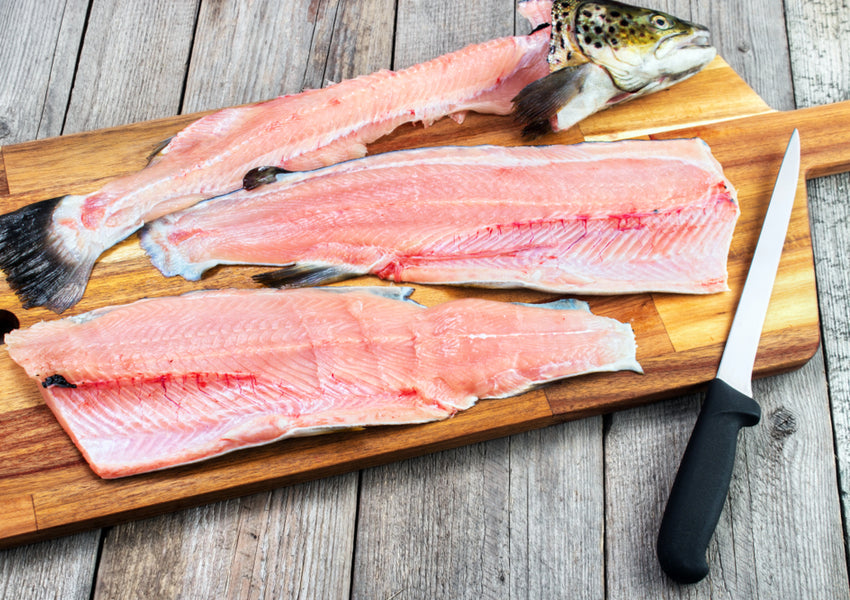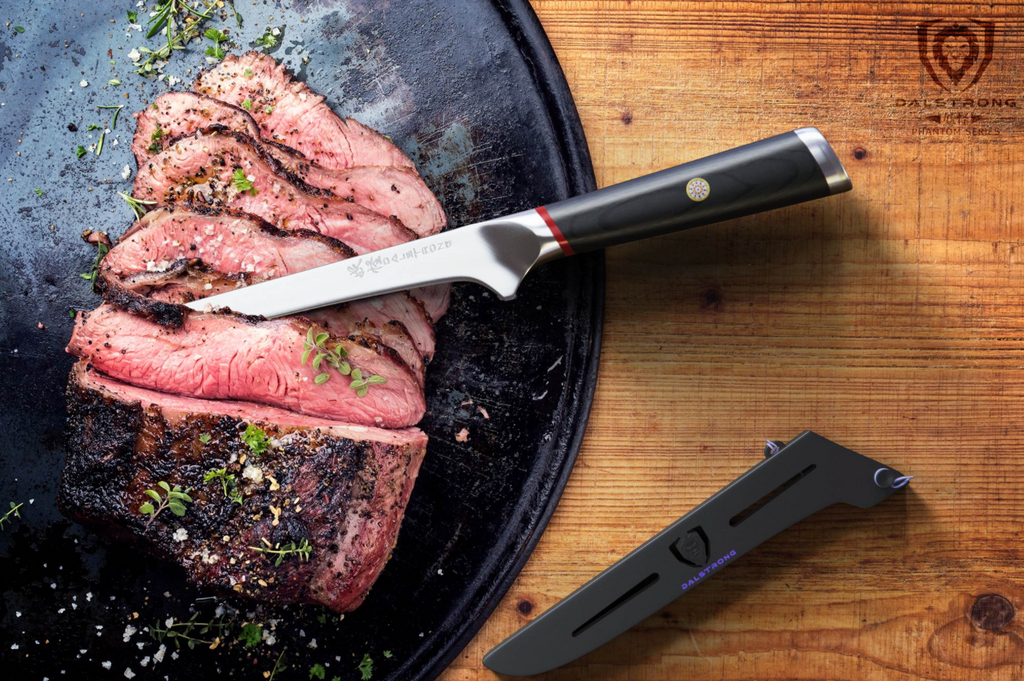For kitchen professionals, the art of maintaining a sharp boning knife is essential. One of the most effective ways to sharpen your boning knife is by using a whetstone. In the following paragraphs, we will explore how to master this skill and ensure your knife is always ready for precise work.

Understanding the Importance of a Sharp Boning Knife
A boning knife is a specialized knife used for removing bones from meat, fish, and poultry. It is crucial for chefs and home cooks alike to maintain a sharp edge on this tool. A dull knife can lead to accidents and imprecise cuts. Hence, keeping your boning knife sharp is of utmost importance.
What is a Whetstone?
A whetstone is a flat stone used for sharpening the edges of knives. It is favored because it allows for precise control over the sharpening process. Whetstones are available in various grits, which determine the level of sharpness achieved. Typically, a two-sided whetstone with both coarse and fine grit is recommended for sharpening a boning knife.
Types of Whetstones
There are different types of whetstones, each serving a specific purpose. Natural stones, synthetic stones, and diamond stones are common variants. For most kitchen tasks, a synthetic stone offers the best balance of cost and performance.
Preparing Your Whetstone
Before using a whetstone, it is important to prepare it properly. This involves soaking the stone in water for about 10 to 15 minutes. This ensures the stone is saturated, providing better friction and preventing damage to your knife.
Sharpening Process: Step-by-Step
Step 1: Positioning the Stone
Place your whetstone on a stable surface. You can use a damp cloth underneath to prevent it from slipping.
Step 2: Finding the Right Angle
The recommended angle for sharpening a boning knife is between 15 to 20 degrees. Maintaining the correct angle is key to achieving a sharp edge.
Step 3: Sharpening the Knife
Hold the knife firmly and start with the coarse side of the whetstone. Draw the blade across the stone, maintaining a steady angle. Repeat this process several times on both sides of the knife.
Step 4: Honing the Knife
Switch to the fine side of the whetstone to hone the edge of your knife. This process refines the blade and ensures a razor-sharp finish.
Testing the Sharpness
After sharpening, test the sharpness of your knife by slicing through a piece of paper or a tomato. A properly sharpened knife should cut effortlessly.
Maintaining Your Whetstone
After using a whetstone, clean it with water and a brush to remove any metal filings. Store it in a dry place to prevent damage.
Benefits of Using a Whetstone
Using a whetstone not only maintains the sharpness of your boning knife but also extends its lifespan. It is an economical choice and offers precision that other sharpening methods might not.
Common Mistakes to Avoid
Many people apply too much pressure when sharpening, which can damage the knife. It is also important to avoid using a whetstone that is not properly soaked.
Additional Resources
For more insights on boning knives, you can visit this Wikipedia page or learn what makes a good boning knife through Dalstrong’s guide.
Conclusion
Using whetstone for boning knife sharpening is a valuable skill for anyone in the kitchen. With practice, you can ensure your knife is always sharp and ready for any culinary challenge.

FAQs
Why is a sharp boning knife important?
A sharp boning knife ensures precision in cutting and reduces the risk of accidents.
How often should I sharpen my boning knife?
The frequency depends on usage, but generally, a knife should be sharpened every few months.
Can I use a whetstone for other knives?
Yes, whetstones are versatile and can be used to sharpen various types of knives.
This article contains affiliate links. We may earn a commission at no extra cost to you.


